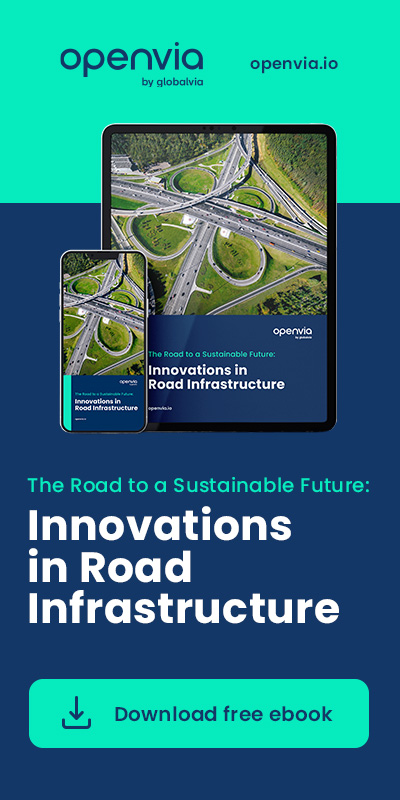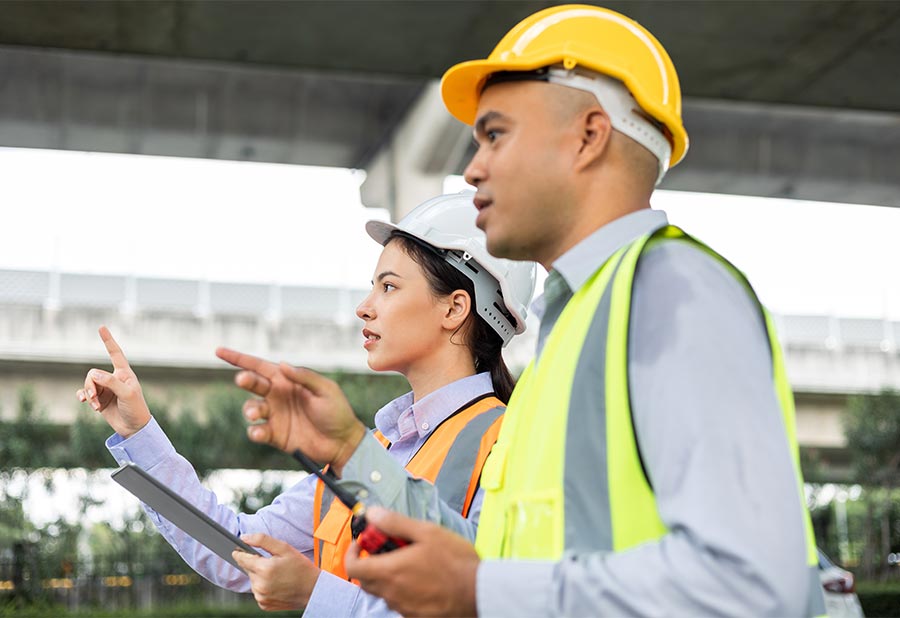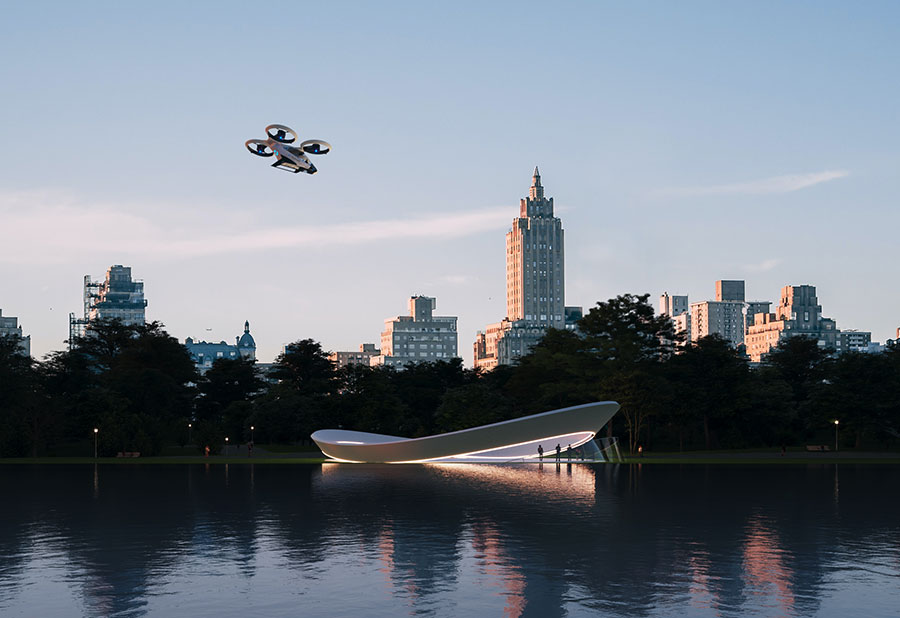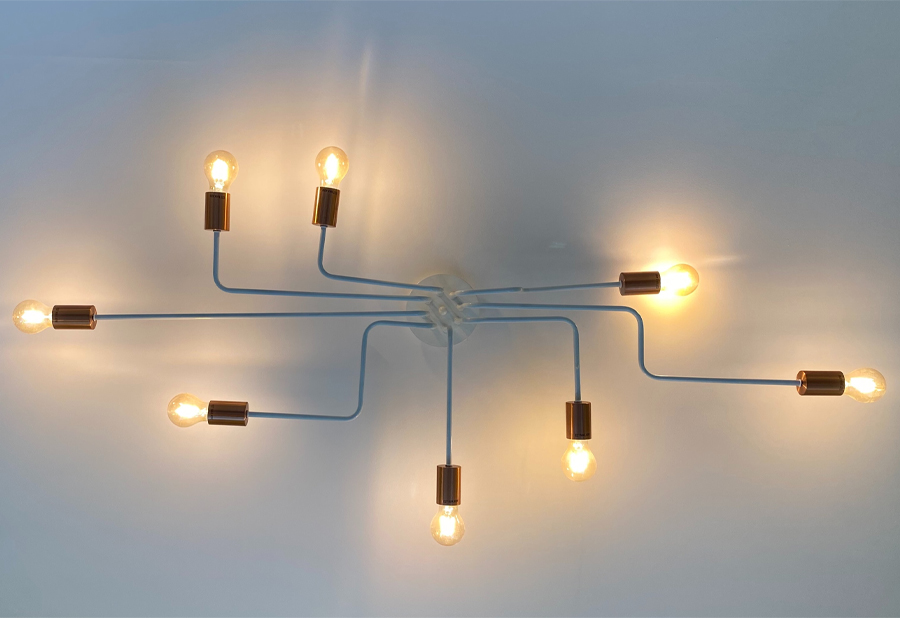Technological development reaches all social sectors, including urban planning and air mobility in cities.
Within this field are the vertiports, which may revolutionize urban areas in the coming years. In addition, they are likely to be involved in activities such as assistance in emergency situations or the shipment of goods.
Vertiports are infrastructure designed for the vertical take-off and landing of aircraft such as eVTOLs (Electric Vertical Take-Off and Landing). Located in locations close to cities or, if the city permits, inside them, they are infrastructure that are expected to be fully operational in the near future.
They will not compete with airports or heliports, but will help reduce urban traffic through air transport. The vertiports are also not intended as substitutes for airport facilities, but as complementary elements.
- Vertiports are designed for vertical takeoff and landing of a variety of aerial vehicles. They are intended for aircraft whose purpose is to integrate into urban airspace and facilitate urban aerial mobility.
- Airports are large infrastructure for taking off and landing airplanes, which need a lot of open space due to the imaginary infrastructure they draw in the air. That is why they are built outside cities and have nothing to do with air mobility in cities.
- Heliports require obstacle-free spaces for both take-off and landing to be carried out progressively. In addition, heliports generate significant noise and pollution, which limits possible locations. In the case of evTOLs, these aspects are reduced to the point of almost disappearing, which opens up the possibility of being integrated much closer to the public.
What is the technology of the vertiports?
Continuing with the detailed explanation of what vertiports are and how they work, we are going to talk about the main technologies that integrate them. Due to the complexity that characterizes them, these spaces are currently in different stages of development.
Its characteristics imply that it has to be legislated in a very specific and careful way to favor the correct development of the industry, with a fully regulated operation for the safety of operators, manufacturers, companies and citizens.
Advanced navigation and communications systems
Advanced navigation and communications systems enable the safe and efficient operation of all types of aerial vehicles in densely populated urban areas.
Its technology includes specific air traffic control systems for these flying vehicles, providing coordination between aircraft and air traffic control authorities, as well as the transmission of real-time data on weather conditions, traffic and navigation route. The objective is to maximize safety and minimize interference and collision risks during their operations in urban areas.
Sensing and response sensors
Vertiport detection and response sensors are advanced systems for monitoring obstacles and hazards that aircraft may encounter during flight. Their technology consists of radars or high-resolution cameras.
The design of these sensors enables them to process and analyze data in real time for autonomous decision making. The response time to a hazardous situation is minimal, they do not need human action to save a risk in the air. They are a crucial component of the safety of the airports and the urban population over which they fly.
Automated loading and unloading systems
Third, automated loading and unloading systems are technologies that enable fast and efficient cargo transfer between aircraft and loading and unloading points. These are robotized and automated systems to minimize waiting time and ensure accuracy and safety throughout the process.
As with all other vertiport technologies, these systems work with real-time data to integrate with cities’ air traffic management systems.
Systems for safety and operational support
Finally, it is important to point out that many systems will be deployed little by little as operations become more frequent, in an environment of higher density of operations and on a regulation that begins to allow autonomous (pilotless) flights, which will require a series of systems to assist in automated decision making. Among these systems, we could find those that will provide automatic information to aircraft, as they are affected more than other types of air transport, regarding weather conditions for a given route, or information on objects near the landing or take-off points to prevent them from affecting operations, noise measurements to prevent operations on certain occasions dictated by the city and a long etc. of operations validation systems, which must be integrated within the operations of the airport, and in turn be communicated to the rest of the airspace that could be affected by relevant situations such as those described.
Vertiports: what aircraft are they designed for?
Vertiports are highly secure facilities that must be conceived as a network and not as isolated individual units, with advanced communications systems and real-time information transmission. Precisely, their automation and the autonomy of the aircraft will require advanced control systems, which, being involved in critical operations, will necessarily have to be extremely robust, highly available and accurate.
Having explained their most important technologies, what types of uses are they designed for? The variety is wide, here we are going to mention three: logistic drones, aerotaxis and sanitary corridors.
Logistics drones
Drones are unmanned aerial vehicles that can be operated remotely or autonomously, no pilot is required for their flight. Their use covers many activities: from commercial for shipping goods to surveillance and traffic control by the authorities.
In natural disasters, they are very useful for flying over destroyed or affected areas to carry out damage management tasks. And in the world of entertainment, their possibilities are very broad for taking photographs or recording shots for series, documentaries and films.
Aerotaxis
Another aircraft for which vertiports are designed are air cabs, a new form of aerial mobility for transporting people. Still in the development and growth phase, they can offer a fast, sustainable and more economical alternative to cabs.
Air cabs are manufactured with the purpose of offering personalized and flexible transportation services, by booking flights with mobile applications. In the future, if their operability continues as planned, they will be another alternative to transform urban mobility as we know it today.
Sanitary corridors
eVTOLs, as electric vertical takeoff and landing vehicles with electric propulsion, enable sustainable and safe urban air mobility. This is extremely useful in the creation of health corridors that facilitate the transfer of resources between hospitals in an agile way.
In activities where time is a crucial factor, vertiports bring an extraordinary agility, not achieved so far by more traditional solutions such as heliports.
The future of urban air mobility
The design and use of vertiports is part of urban air mobility solutions that are in the early stages of development and refinement. One example is Bluenest by Globalvia a project with which we help connect new routes with ground mobility and which operates both in these infrastructure and in logistics lockers.
In our aim to put the most advanced technology at the democratic service of society, with this solution we guarantee safe and efficient operations for all stakeholders involved in the future of urban air mobility.
This is very important because the vertiports can be used for the movement of people, shipment of goods or even for the take-off and landing of ships heading to areas where accidents or natural disasters have occurred and where there is no access for manned ships or where they pose a danger to pilots.






